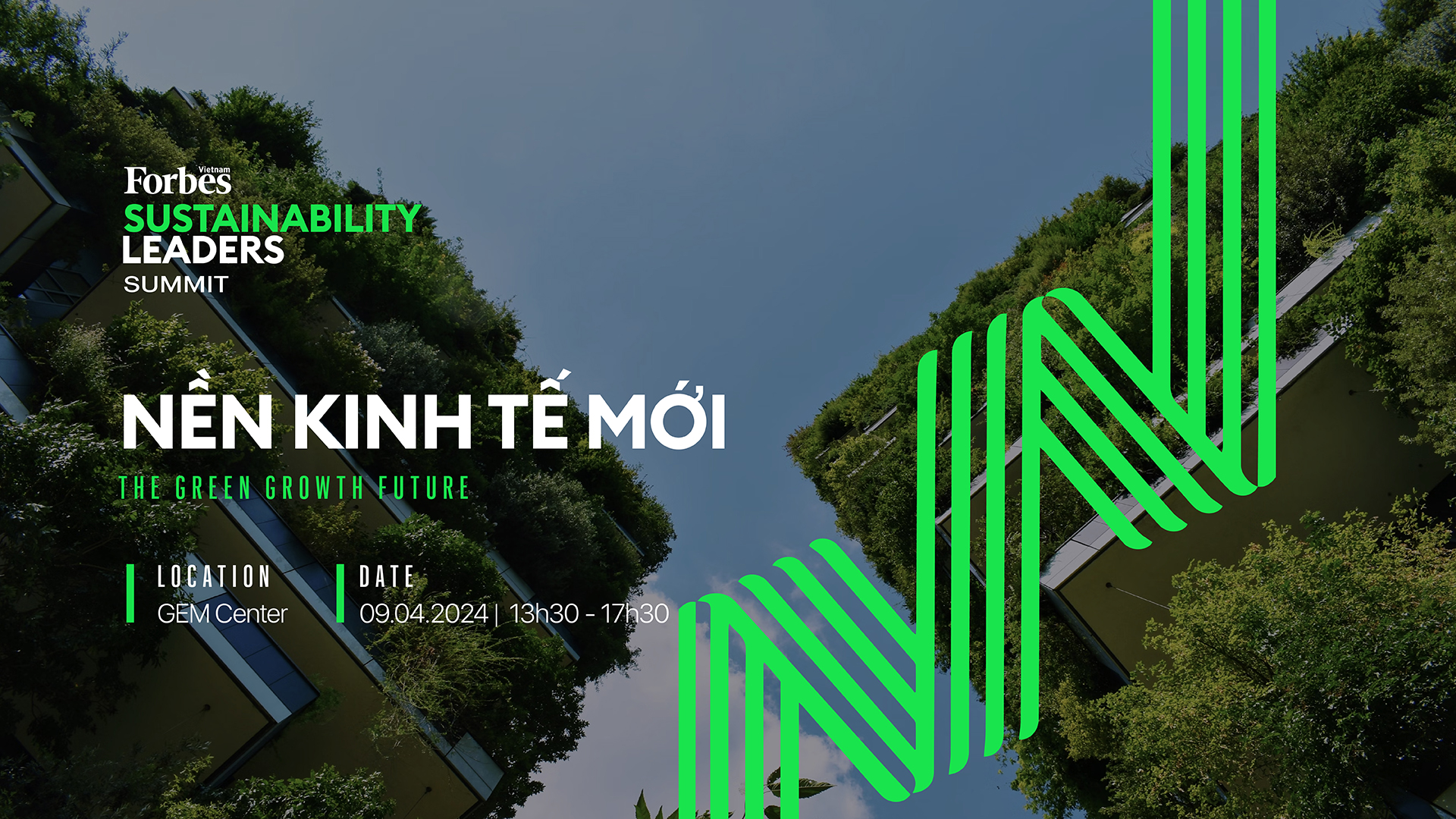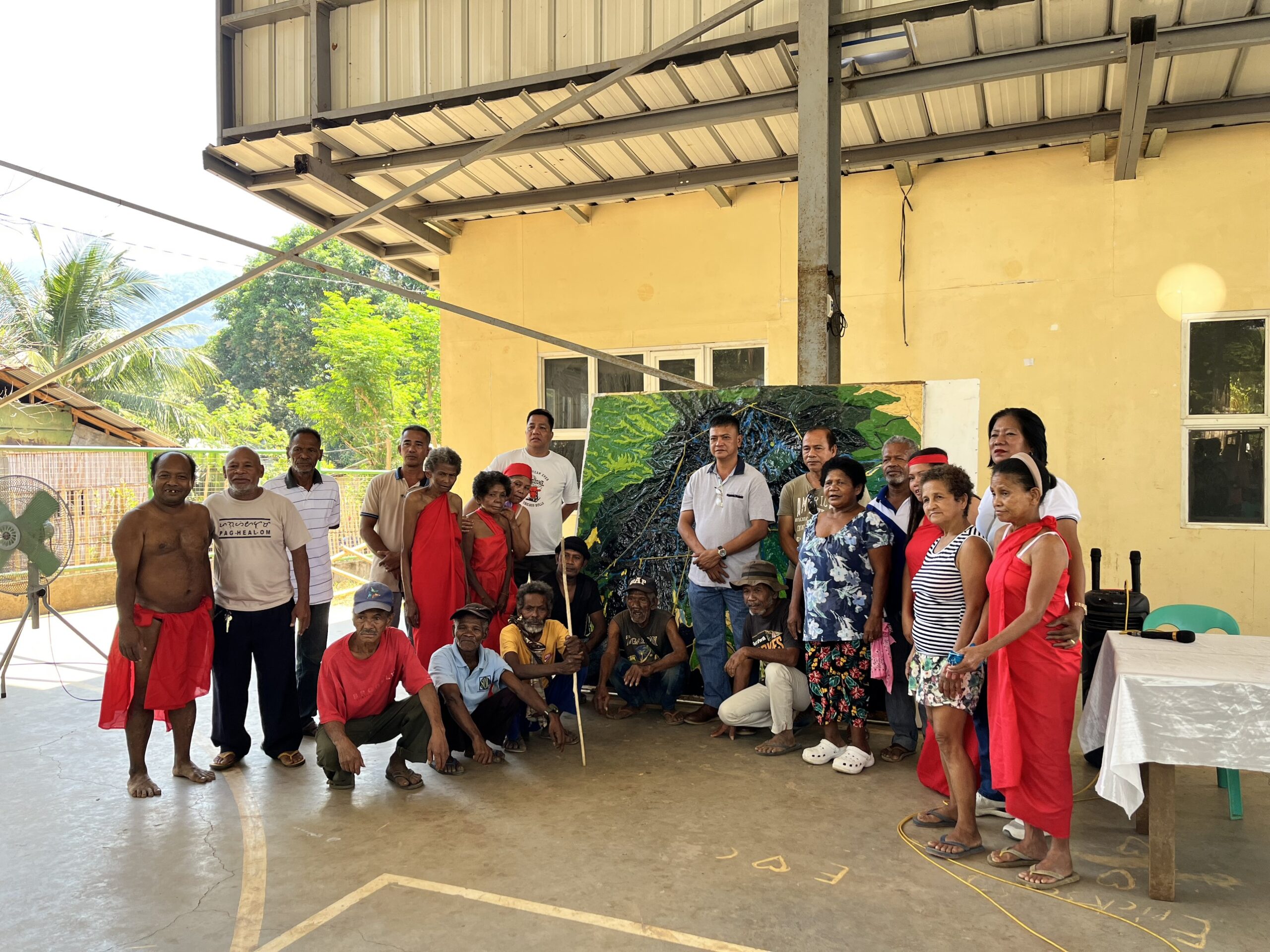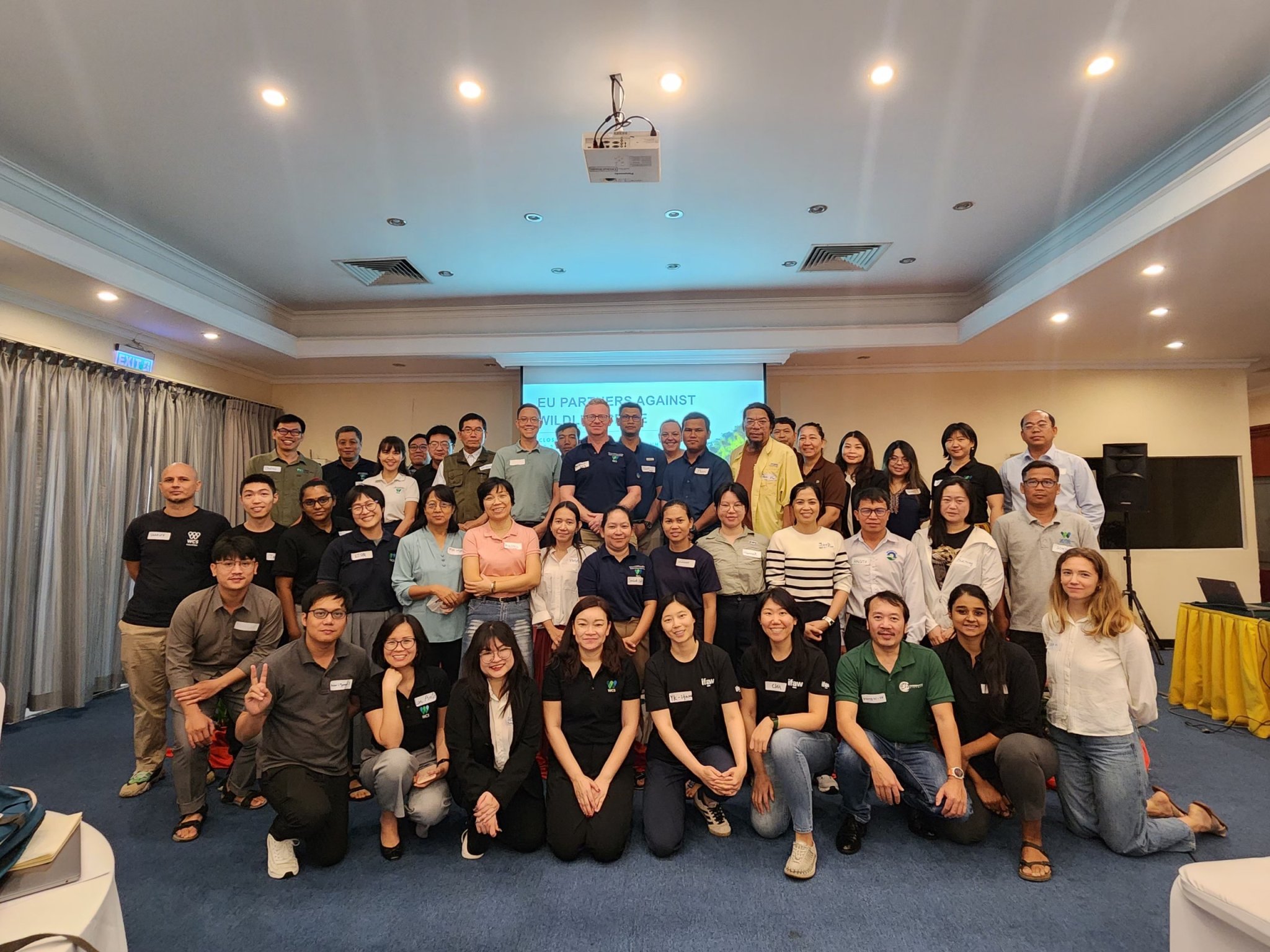In order to create an open space for discussion and explore directions in the trend of sustainable development within the business community, Forbes Vietnam is organizing the THE GREEN GROWTH FUTURE development conference. The conference gathers experts and leaders from businesses leading the market to discuss current topics on low-carbon economies, climate change mitigation, and the path toward sustainable development.
PanNature Members: Use code REF for a 30% discount (apply for the standard ticket)
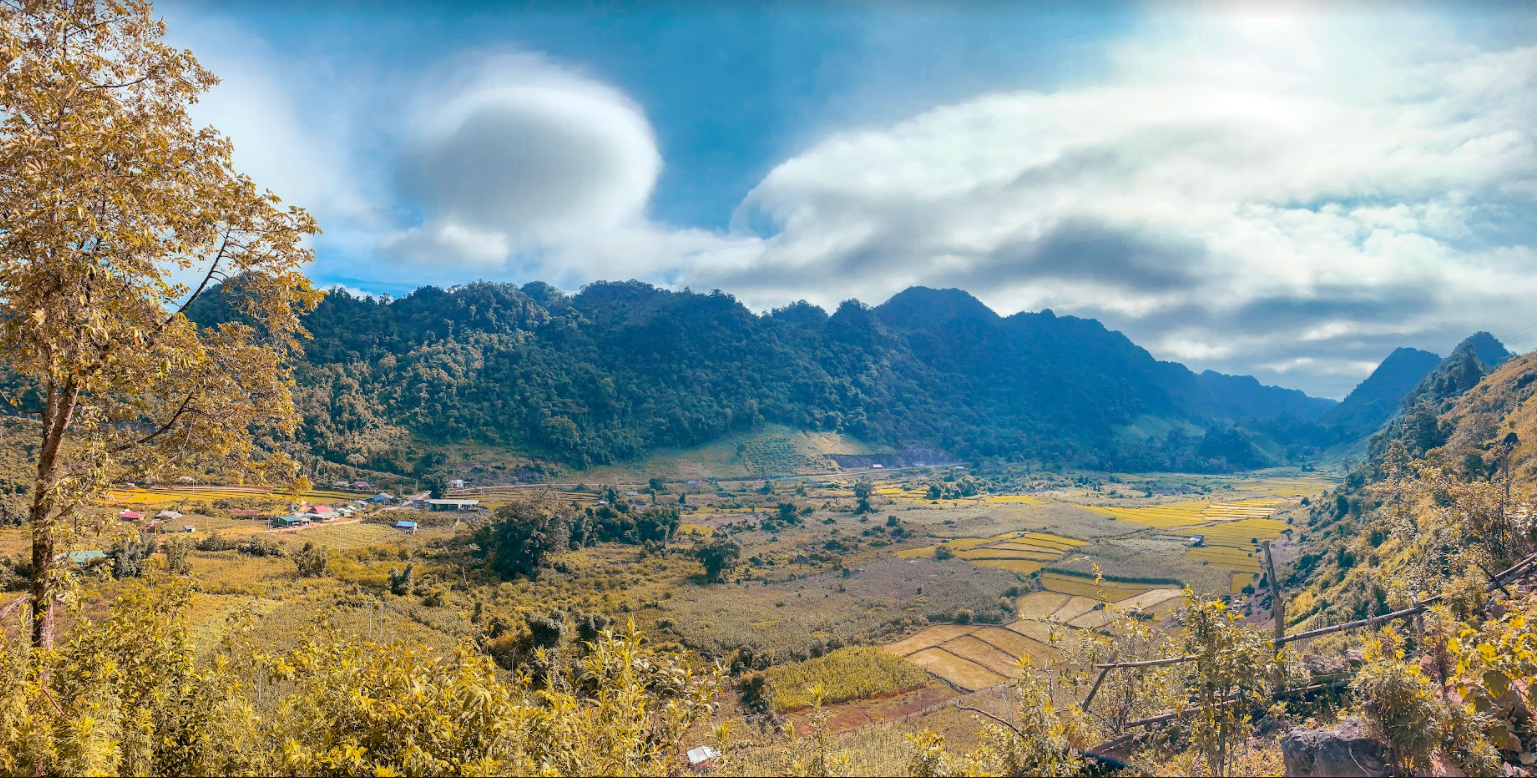
Vietnamese NGO PanNature Receives EUR25,000 to Restore Forest in Son La
In Son La Province, a unique conservation method could provide a model for biodiversity and forest protection across Vietnam.
In 2012, People and Nature Reconciliation (PanNature) began conservation work in Son La Province’s Van Ho District. This heavily forested area features a karst limestone landscape that stretches into Hoa Binh, and it faced the usual pressures of development.
They opened a field office in Van Ho in 2015, and in 2020 a PanNature team confirmed the presence of a small group of critically endangered northern white-cheeked gibbons during a biodiversity survey.
Though previously unknown outside of Van Ho, this gibbon population had been protected by local H’Mông residents, who PanNature worked with to create a 10-year ecological restoration and conservation program for the area.
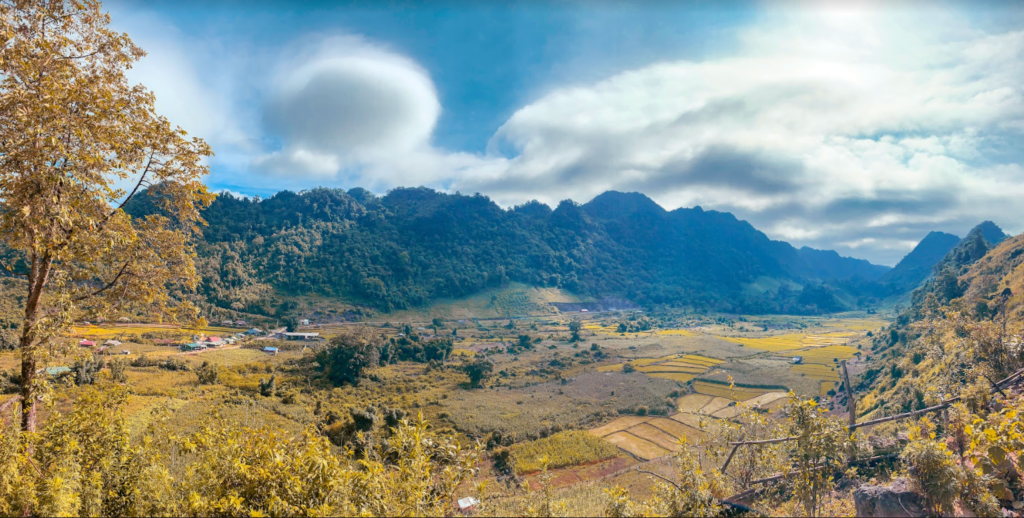
This led to the creation of INSPiRE Vietnam, a program aiming to restore 630 hectares of natural forest that won the ‘Forest’ category of the European Outdoor Conservation Association’s recent voting campaign. As a result, PanNature will receive EUR25,000 (VND650 million) in funding from the EOCA for their work.
INSPiRE Vietnam is based on the community forest model, which focuses on local communities.
“Indigenous communities around the world have protected their lands and biodiversity as part of their culture and way of life for thousands of years,” Trinh Le Nguyen, PanNature’s Executive Director, told Saigoneer in an email. “In Vietnam, there are many local communities living in rural and mountainous areas still using their traditional customs effectively in managing and protecting the forest areas within the landscape they live in.”
Nguyên notes that generally, when people think of biodiversity, they picture large government-protected areas such as national parks and nature reserves.
However, “there are many smaller patches of natural ecosystems that still host valuable diversity,” he added. “These areas are more often than under the care of indigenous communities around the country.”
PanNature has been working with these communities for years, and in the long-term they “aim to support the creation of a system of community-managed protected areas to sustain efforts of local communities and secure biodiversity at the very bottom level.”
Through INSPiRE, they are targeting three main groups: the first is primary and secondary school students, who will take part in educational events and interactive awareness-raising activities such as a contest to make seed balls and spread them in damaged forests. The second group consists of young people and women, who visit Van Ho’s forests the most.
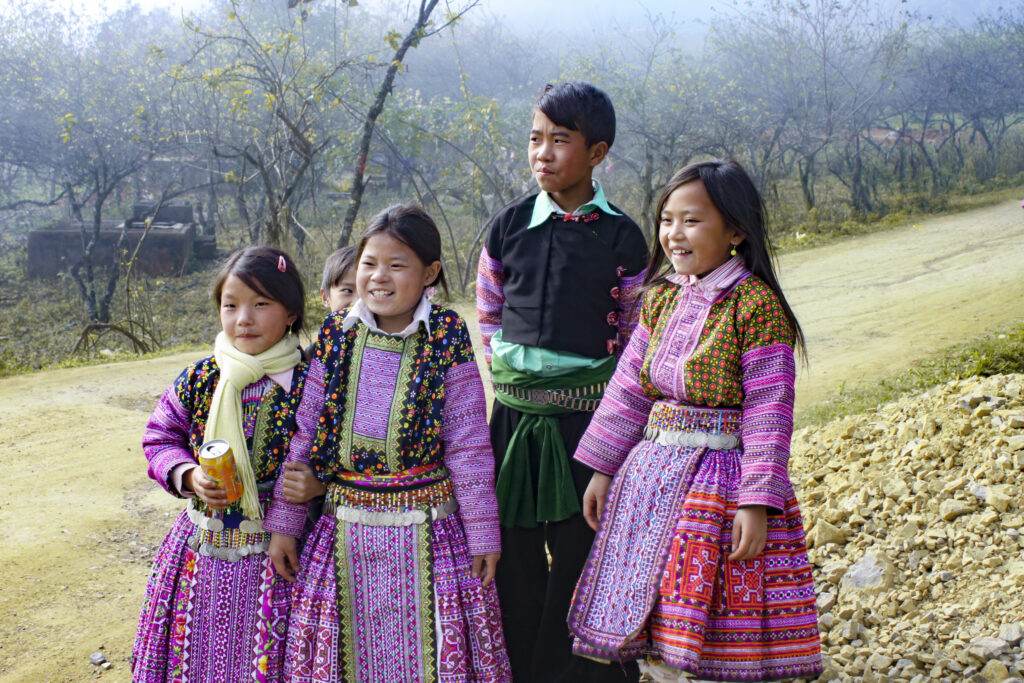
“Through the Youth and Women’s Union, we set up a plan to partner them in reforestation activities, listen to their experience in forestry, soil and climate conditions, and then choose indigenous species to restore their abandoned farming land,” Trinh explained. “The forest restoration, therefore, is done upon local expectations and PanNature’s strategic plan to recover forest biodiversity.”
Local homestay owners and other intermediaries that connect tourists to Van Ho are the final group, and there are hopes that effective eco-tourism can provide livelihood alternatives for people who usually depend on forest resources in daily life. The collection of firewood for cooking and timber for house construction, for example, has degraded once-healthy forests.
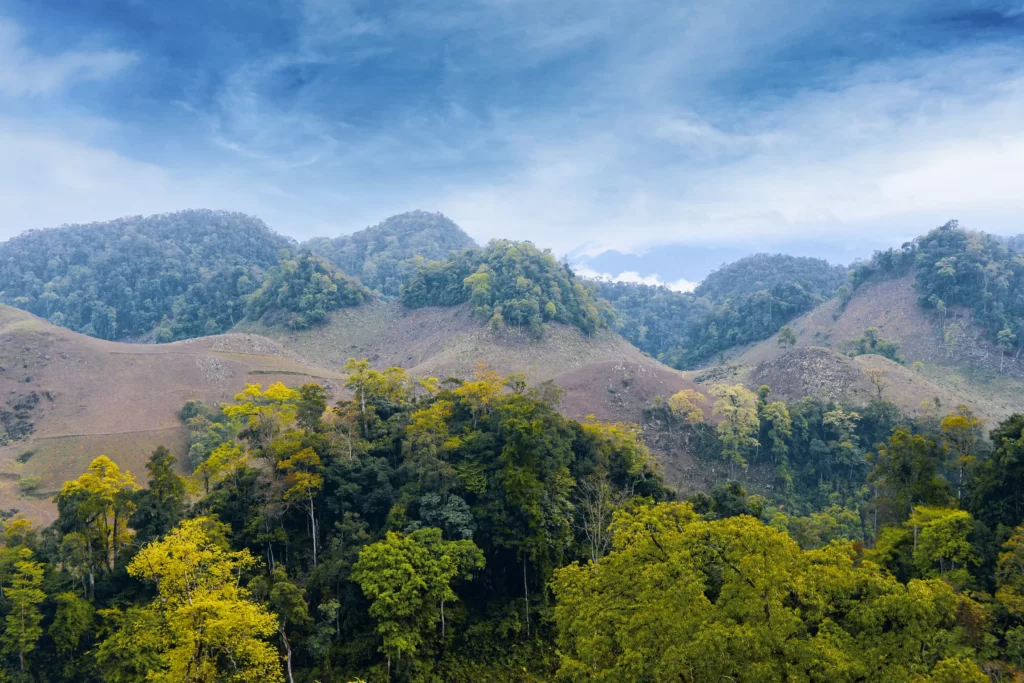
Beyond Van Ho’s extremely rare gibbons, whose local population sits at 13, the area is home to other endangered species of flora and fauna, all of whom would have improved protection if PanNature’s forest community model is successful.
In part thanks to the funding from EOCA, the INSPiRE project will begin in February, which is the beginning of spring and the traditional tree-planting season in the northern mountains. While the financial backing is key, Nguyên notes that the project’s voting win has also given it credibility in the eyes of local officials and residents, without whom PanNature would not be able to do its work: “In other words, the project has reached its goal of ‘inspiring Vietnam’ before it even starts.”

